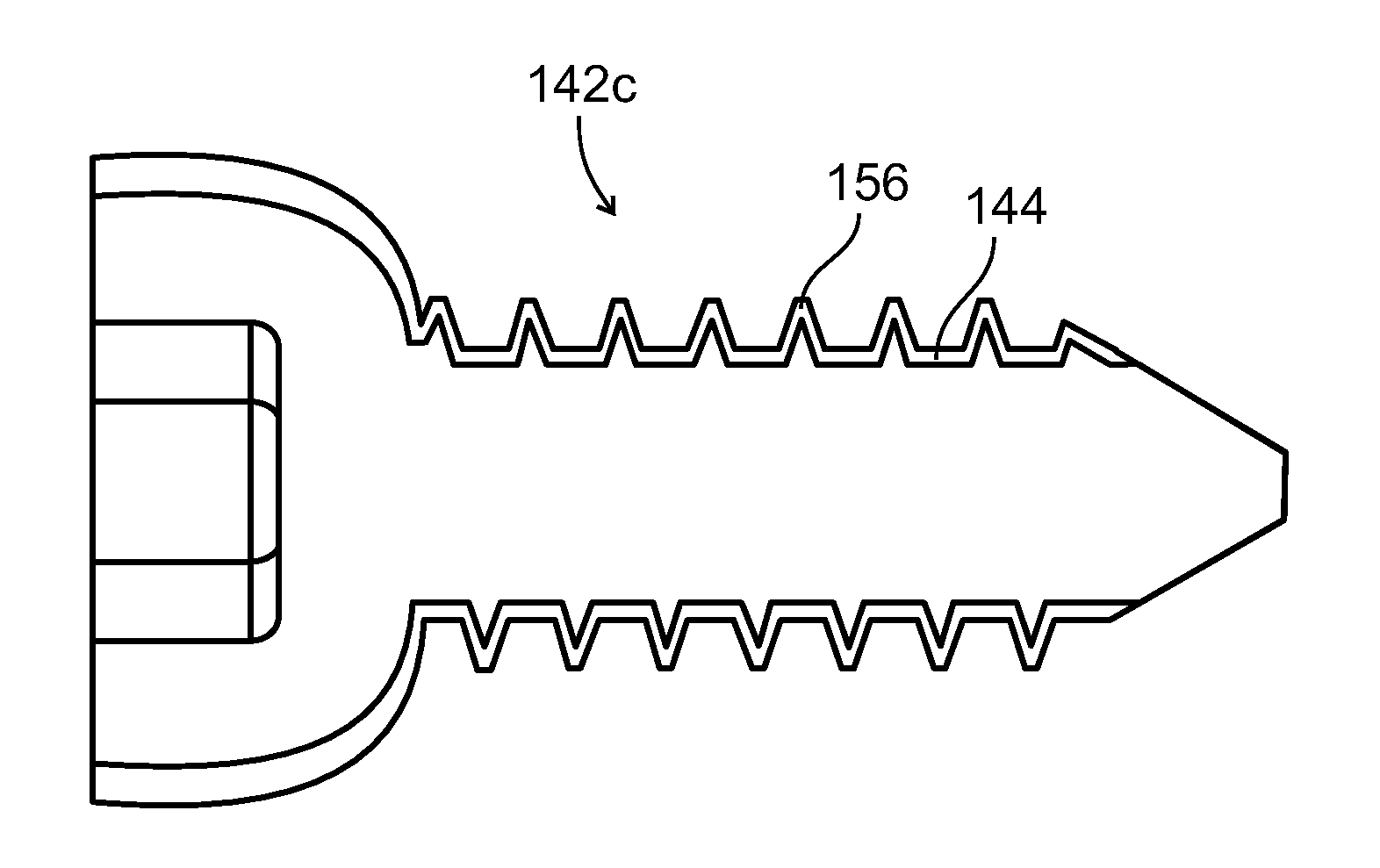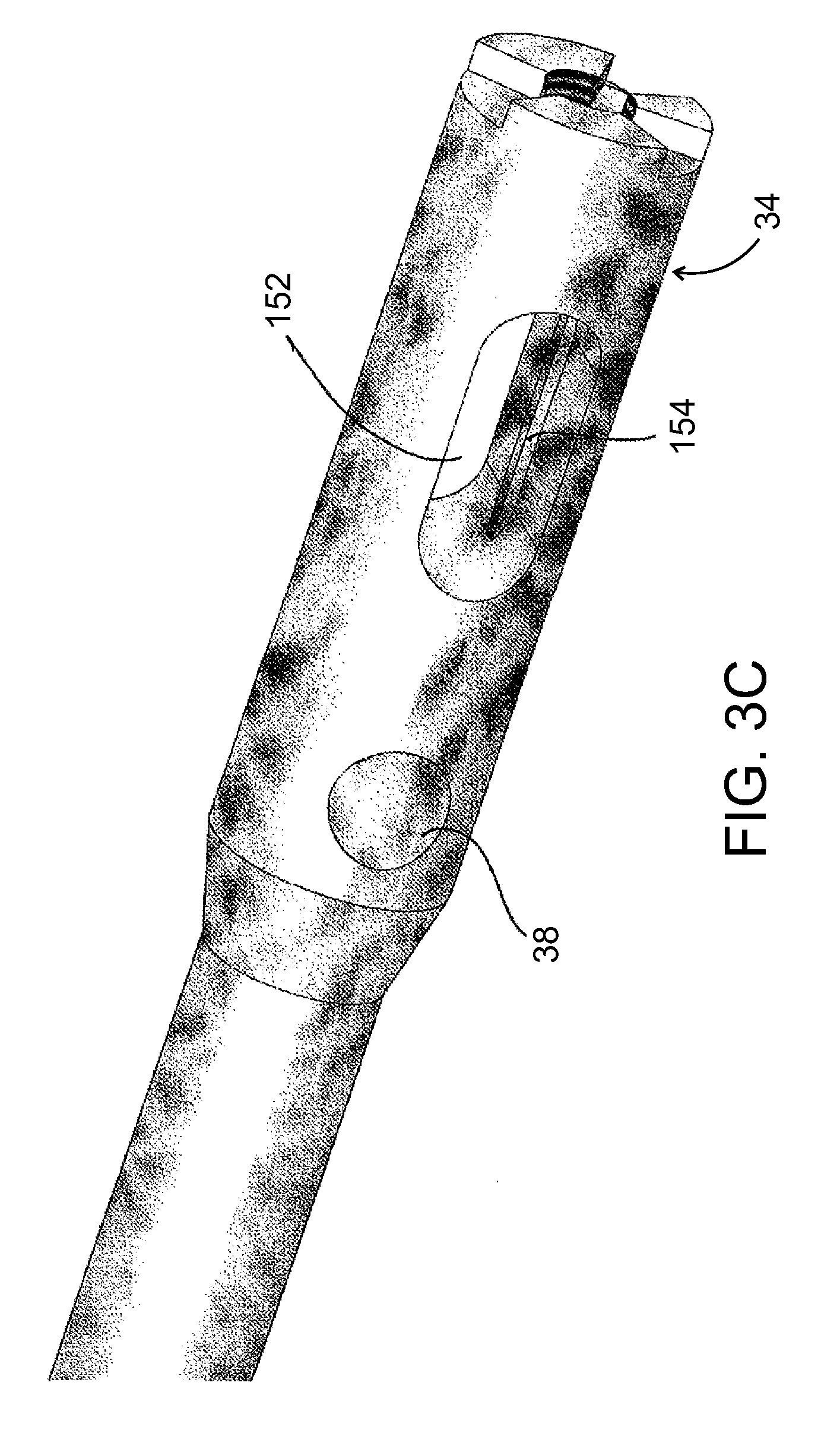Composite material bone implant
a bone implant and composite material technology, applied in the direction of osteosynthesis devices, prostheses, ligaments, etc., can solve the problems of bone deterioration and resorption, stress shielding, and a relative high degree of stress
- Summary
- Abstract
- Description
- Claims
- Application Information
AI Technical Summary
Benefits of technology
Problems solved by technology
Method used
Image
Examples
Embodiment Construction
[0110]The present invention, in some embodiments thereof, relates to composite material bone implant devices and to manufacturing methods for such devices. More particularly, but not exclusively, the invention relates to such devices and methods as applied to implant devices formed of fiber-reinforced polymer matrices or self-reinforcing polymers.
[0111]According to an aspect of some embodiments of the invention, implants are formed of a matrix of polymer material such as polyarylether ketone (PAEK), polyether ether ketone (PEEK), or other polyketone based polymers. Implants according to some embodiments of the invention may also be formed of a matrix polymer material such as but not limited to polyphenylene, polyphenylsulfone, or polysulfone. In all such embodiments, reinforcing fibers may included in the matrix. Optionally, these may be formed of carbon, ultrahigh density polyethylene (UHDPE), aramid polymers, or ceramic fibers such as glass. Optionally, two or more of these may be...
PUM
 Login to View More
Login to View More Abstract
Description
Claims
Application Information
 Login to View More
Login to View More - R&D
- Intellectual Property
- Life Sciences
- Materials
- Tech Scout
- Unparalleled Data Quality
- Higher Quality Content
- 60% Fewer Hallucinations
Browse by: Latest US Patents, China's latest patents, Technical Efficacy Thesaurus, Application Domain, Technology Topic, Popular Technical Reports.
© 2025 PatSnap. All rights reserved.Legal|Privacy policy|Modern Slavery Act Transparency Statement|Sitemap|About US| Contact US: help@patsnap.com



